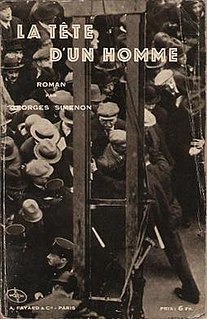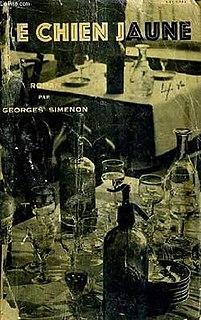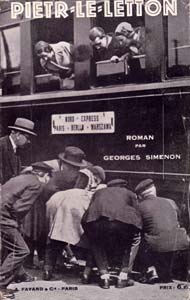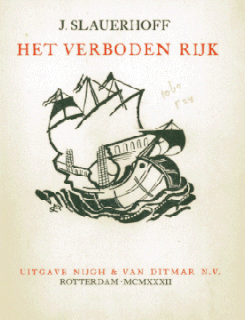 W
WA Battle of Nerves is a detective novel by Belgian writer Georges Simenon, featuring his character Inspector Jules Maigret. Published in 1931, it is one of the earliest of Simenon's "Maigret" novels, and one of eleven he had published that year.
 W
WNellie Campobello's Cartucho: Tales of the Struggle in Northern Mexico is a semi-autobiographical short novel or novella set in the Mexican Revolution and originally published in 1931. It consists of a series of vignettes that draw on Campobello's memories of her childhood and adolescence in Northern Mexico during the war. Though long overlooked, it is now celebrated, among other reasons because it is, as Mexican critic Elena Poniatowska points out, "the only real vision of the Mexican revolution written by a woman."
 W
WThe Country of Carnival is a Brazilian novel. It was written by Jorge Amado in 1931. In this debut novel, the themes that would come to permeate the author's work can already be seen, albeit in an embryonic form. The book is an account of the typical Brazilian intelligentsia of the 1920s. It has not been translated into English.
 W
WElizabeth Bowen, CBE was an Irish-British novelist and short story writer, notable for her fiction about life in wartime London.
 W
WThe Little Golden Calf is a satirical novel by Soviet authors Ilf and Petrov, published in 1931. Its main character, Ostap Bender, also appears in a previous novel by the authors called The Twelve Chairs. The title alludes to the "golden calf" of the Bible.
 W
WMaigret and the Yellow Dog is a detective novel by the Belgian writer Georges Simenon.
 W
WMaigret at the Crossroads is a detective novel by the Belgian writer Georges Simenon. Published in 1931, it is one of the earliest novels to feature Inspector Maigret in the role of the chief police investigator, a character that has since become one of the best-known detectives in fiction.
 W
WMaigret at the Gai-Moulin is a detective novel by the Belgian writer Georges Simenon.
 W
WMarried Life is a novel written in Hebrew between 1927-1928 by Jewish novelist and poet David Vogel. The novel was first published in three sections between 1929–1931, and later on in a new edition in 1986.
 W
WMort de dama is the first novel of the Majorcan writer Llorenç Villalonga written in 1931. It is considered one of the first modern novels written in Catalan language from the Balearic Islands. It's a psychological and satirical novel, in which the author carries out a criticism of almost all social estates of that time, except for the Church. At that point, his criticism caused a great controversy among the readers, who made a negative review of the book. Villalonga himself dedicated it to «all those who do not get angry».
 W
WThe Strange Case of Peter the Lett is a 1931 detective novel by the Belgian writer Georges Simenon. It is the first novel to feature Inspector Jules Maigret who would later appear in more than a hundred stories by Simenon and who has become a legendary figure in the annals of detective fiction.
 W
WJames Thorne Smith, Jr. was an American writer of humorous supernatural fantasy fiction under the byline Thorne Smith. He is best known today for the two Topper novels, comic fantasy fiction involving sex, much drinking and ghosts. With racy illustrations, these sold millions of copies in the 1930s and were equally popular in paperbacks of the 1950s.
 W
WHet verboden rijk is a novel by Dutch author J. Slauerhoff (1898–1936). First published in 1931, the novel follows two narratives simultaneously—that of the Portuguese poet Luís de Camões, and that of a 20th-century Irishman, a radio operator and sailor. A sequel, Het leven op aarde, was published in 1933; a third book was planned but never finished.